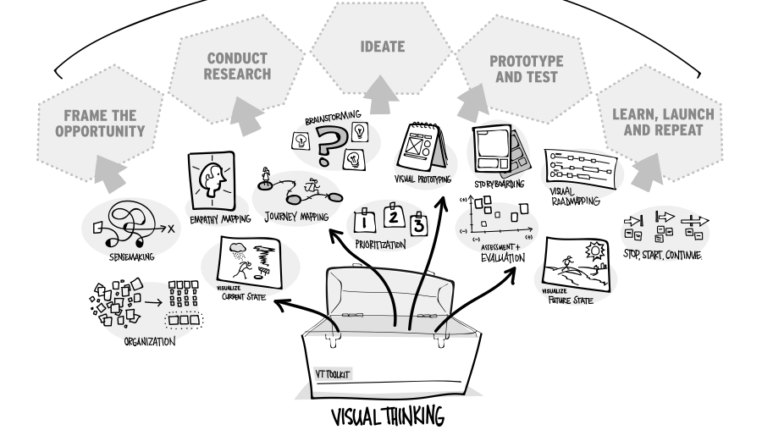Connect to Learn
Related Posts:

Design Thinking vs. Visual Thinking
Design Thinking vs. Visual Thinking

Responding Effectively to Rapid and Unexpected Change
Responding Effectively to Rapid and Unexpected Change

XPLANE’s Top 25 Tips and Tricks for Remote Collaboration
XPLANE’s Top 25 Tips and Tricks for Remote Collaboration
Date:
April 6, 2020
April 6, 2020
Author:
Jason Young
Jason Young